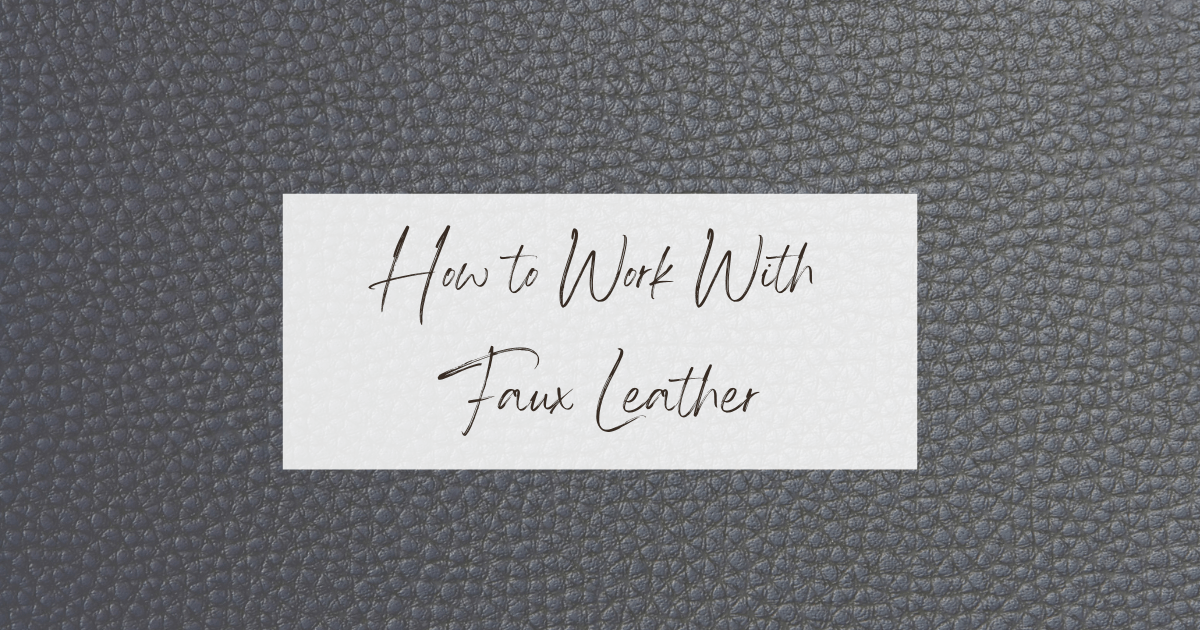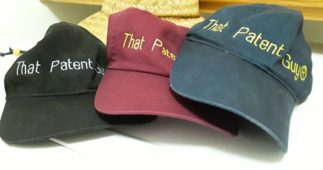There are many reasons why working with faux leather or even vinyl is a great material to work with—it’s ethical, can be affordable, and sometimes can be more accessible than real leather. Either way, the material can be easy to use and can be manipulated and cut into many things that are typically made with leather. This article will discuss what fake leather is made of and its many advantages as well as how it can be a substitute for leather-made items.
What Is Faux Leather?
Faux leather or fake leather are a couple of the names given to synthetically-made leather. It is generally used to describe specific lifestyle items like sofas and other upholstery (“faux leather”), auto upholstery, clothing (“leatherette”), and consumer goods like luggage or cases (“koskin”). Faux leather is made through different processes and consists of varying amounts of polyurethane, polyvinyl chloride (we know this as vinyl), and silicone.
Vinyl synthetic leathers started production in the 1940s for shoes, automobile interiors, and upholstery. Polyurethane leather, PU for short, is the least expensive synthetic leather on the market and quite durable. Polyvinyl chloride (PVC) is more durable than PU leather and it is produced in larger quantities. Leatherette material is any PU or PVC-made material that has a fabric backing, this is why it is best used for furniture and automobile upholstery.
Even today, all three forms continue to be a material made for clothing, upholstery, covers for tech devices, and much more. Vinyl is not breathable so it is used more for book bindings and tech cases. In recent years, some manufacturers have started to make leather that is made with vegetable oil. It is environmentally friendly and turns out to be more durable than PU and PVC leathers.
The Benefits of Faux Leather
When comparing faux leather to real leather, there are many advantages of using synthetic material.
First off, it is economical. The pricing points are usually much more affordable than purchasing real leather. When it comes to durability, it is very durable and will last a very long time. Faux leather can survive scratches and scrapes that are known to completely wreck leather. Fading will not happen as easily as it can with real leather, nor will it crack or peel. This is a very low-maintenance material. To clean faux leather, all you need is water and a cloth. It does not retain moisture so the shape doesn’t warp.
The quality of faux leather has been made to mimic real leather, with grain textures and colors. The look is always consistent because being a man-made material with machines, the pieces are uniform.
For fashion and lifestyle items, faux leather can have images or patterns printed on it and dyed. Clothing companies have been opting to use these more for the expressive freedom to have more decorative material to work with. This material is easier to work with and easier to cut and sew than real leather.
It is important to note that some of the disadvantages of faux leather when compared to real leather, is that it does not stretch, breathe, or obviously wear like leather. It does not develop a sheen or patina over time, nor is it puncture or tear-tear-resistant like real leather.
Using Faux Leather for Projects
There are a few options when deciding to work with faux leather. There are many vinyl-based types like oilcloth, laminated fabrics, PVC, and pleather. Pleather is the chosen material for many modern fashion pieces that replace the look of leather-made clothing and accessories.
Some of these fabrics have a fabric, mesh, or bare backside that also are made for specific projects. For example, if you’re making a handbag with a piece of material that does not have a mesh or fabric backing, you would need added materials to keep the structure of the handbag stable and upright.
When it comes to working with faux leather, consider it a thicker and stronger material than working with fabric. There is no major prep work with faux leather, like burnishing or dying. Good scissors and a rotary cutter are sufficient enough to cut any pieces needed to make your project.
When it comes to sewing, you still need leather needles or work with denim or upholstery needles if the material is not that thick. Of course, when working with a sewing machine, the same idea goes for needles and making the proper adjustments needed to sew faux leathers or thick vinyl pieces.
Some Tips and Tricks When Working With Faux Leather
Since it is a very low-maintenance material compared to real leather, there are some amazing tricks that can help you with faux leather success:
- Since faux leather is plastic-based, it can be susceptible to heat. Never put it into a dryer as it could melt, but if the fabric does happen to have any wrinkles, it can be laid out in a warm place for a few hours, or use a hairdryer on a low setting to blow out the creases.
- Faux leather is extremely easy to clean since it is water-resistant. For any stains or marks, they can always be cleaned with a cloth. To add some luster and shine, you can use a leather polish or conditioner to help restore that look.
- Being a mass-produced material, there will be a directional pattern of the grainline, so when marking up pieces to cut from a pattern, work along the pattern and use a chalk marker or pencil to draw up the pieces.
- When holding pieces together for sewing, use clips or double-sided tape.
- Look for a specialty sewing foot and needles for a sewing machine. Needles should have a spear-headed tip. When looking for a presser foot, a Teflon foot or roller foot works best because the leather can stick to a metal or plastic presser foot. The presser foot should also be loosened for heavyweight styles of faux leather.
- When sewing, use longer stitches and avoid backstitching, as it will weaken the fabric. Polyester thread works to uphold the stitches and keep the fabric together.
- Hold the leather taut when sewing. Even if you have switched your presser foot, you don’t want to risk the leather from buckling or bunching up.











